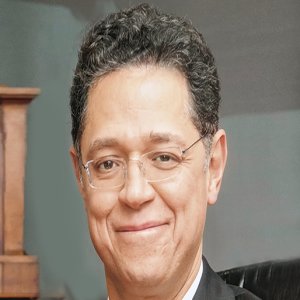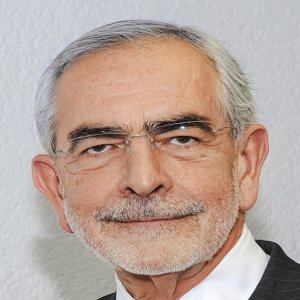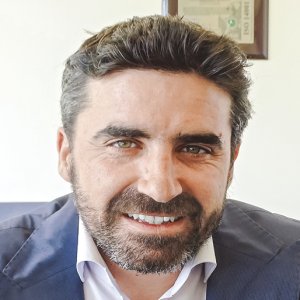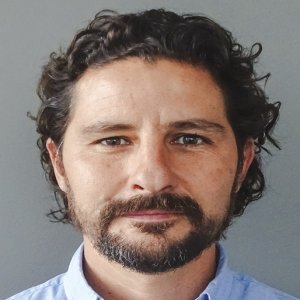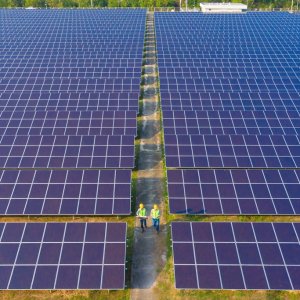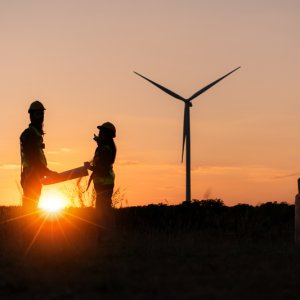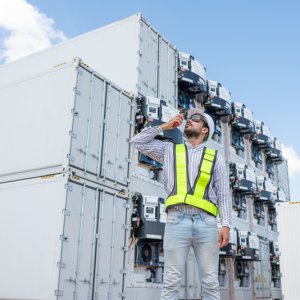Window of Opportunity to Transform Landscape

STORY INLINE POST
Q: What is Vestas’ role in promoting the expansion of wind projects in Mexico?
A: The results of the COP21 climate conference made it clear the world is entering a historic window of opportunity to transform its energy landscape, particularly in countries like Mexico that have been active in the negotiations. The Mexican government has been supporting international initiatives to tackle climate change not only by participating in the events but by taking action through the country’s energy policy. Mexico’s clean energy goals are clear, concise and ambitious, which talks to the government’s interest in pushing the incorporation of a higher share of renewables into the country’s energy mix. These new circumstances are favorable for companies like Vestas that have expertise in the sector, a unique track record of projects and a mature technology with the potential to optimize the performance of wind turbines. Vestas is driving the wind industry forward by lowering production costs and pushing for the creation of an energy system similar to that of Denmark where renewable energy takes a central role.
Q: How can Mexico take advantage of Denmark’s expertise in the wind energy sector?
A: The fact that President Enrique Peña Nieto, Minister of Energy, the Ministrer of Economy and the Deputy Minister of Electricity attended the official visit to Denmark in April 2016 is a clear indicator of the government’s interest in learning about this subject. Mexico could learn from Denmark about the challenges and solutions related to managing an electricity network heavily reliant on wind energy. About 42 percent of the Danish energy matrix is based on wind power, which is an outstanding percentage and makes the Nordic country a leading example of efficient natural resource management.
The official visit to Denmark led to the signing of two bilateral deals regarding technology transfer and the opening of new financing lines. These agreements included the recognition of Vestas as a guaranteed technology by Danish banks, which means that our products have the potential to reduce a project’s CAPEX and to optimize costs. To a certain extent Vestas can be seen as a symbol of Denmark, representing the country's innovation and technological development. The three crucial points in the bilateral relationship between Denmark and Mexico will be for Mexico to understand how a wind-based energy matrix like that in Denmark works, technology transfer and the inflow of Danish investment into Mexico’s wind power sector.
Q: What is the current role of the country in your Latin American portfolio?
A: The implementation of the Energy Reform is helping Mexico take a leadership position across different sectors in Latin America, with particular emphasis on the electricity industry. Besides the liberalization of the market, Mexico’s proximity to the US has placed the country in a privileged position in the eyes of international investors, increasing its attractiveness over other Latin American markets. Nonetheless, there are many interesting situations in the region. For instance, Argentina is already on the way to implementing its own energy reform and both Peru and Chile have just conducted a successful series of electricity tenders in the utility-scale field. The lessons learned from different countries have been crucial for achieving the record low electricity prices that we have witnessed this year.
In this scenario, Mexico is playing a relevant role, being clear about its clean energy objectives and moving from words to action as was demonstrated in the country’s first long-term electricity tender.
Q: Which Mexican regions are best-suited for developing wind farms?
A: Regarding natural resources, Mexico is one of the most privileged countries in the world, making it a suitable location for the development of diverse renewable energy projects. In the case of wind energy potential, Mexico offers wind Classes I, II and III, Oaxaca state being the most attractive region because it has Class I wind speeds. The center and north of the country offer Class II and III wind speeds, suitable enough to develop profitable wind farms. All of these characteristics make Mexico a unique hub for wind energy development, including regions that remain largely unexploited. To promote the deployment of wind energy in Mexico, Vestas has collaborated with the Ministry of Energy to create a wind resource map, identifying the regions with higher potential to allow a numerical visualization. This information has been made public to help companies select the most suitable technologies and the optimal sites to capitalize on the country’s potential. Fortunately, Vestas has a wide range of products to suit the conditions of different Mexican regions, from north to south, which is another competitive advantage.
Q: What is Vesta’s strategy to hold its leading position in the face of fiercer competition after the SiemensGamesa merger?
A: We consider competition a favorable force to move the industry forward. In the wind energy market, as in all others, M&A have upsides and downsides but it is too soon to tell what will be the impact of Siemens and Gamesa’s merger. The industry adjustment will bring new challenges for Vestas but it will not change our goal to remain a worldwide leader in the sector. To maintain our position, we consider R&D investment a crucial part of our strategy because innovation has been the key feature separating Vestas from other wind companies. We are confident that Vestas will grow with the competition. We are not afraid of new challenges.
Q: What is Vestas’ relationship with CFE?
A: CFE, with whom Vestas has established a fruitful collaboration, will continue playing an essential role in the new electricity market. In 2015, Vestas signed a memorandum of understanding with CFE to become its technological partner and promote the deployment of wind fields in Mexico. Vestas wants to continue moving this project forward, strengthening our partnership and looking for new opportunities to collaborate.
Q: What business models and technological breakthroughs are needed to reduce wind energy production costs?
A: The wind energy industry has optimized costs over the last 10 years while solar has just started to improve its performance. Technological advances will continue to be crucial for optimizing wind energy’s costs and Vestas expects to play an important role in this transformation. We are an innovative engineering company that is constantly looking to optimize the functioning of wind turbines, maximizing energy production on site to reduce costs. One strategy to enhance a wind farm’s performance is to work on the generator design, testing different diameters, heights, control and monitoring systems.
There also are opportunities to lower wind energy costs by optimizing the industry’s supply chain. CENACE’s electricity tenders and the highly competitive PPAs will be an incentive to improve the whole ecosystem. We see great potential to optimize civil engineering, electrical installations and material transportation activities.
Q: How popular are Vestas’ EPC and O&M services in Mexico and what is currently driving demand?
A: With the new regulatory framework, the Mexican market offers ideal conditions to sustain the entire wind energy chain. The country already has a wide range of qualified suppliers along different segments and locations, contributing to the deployment of wind projects in the region. However, there are still occasions in which our clients prefer to receive a turnkey project, which is part of Vestas’ value proposition. In these cases, Vestas is prepared to offer our customers the services required to provide a turnkey project, benefitting from our internal expertise in Balance of Plant (BoP), turbine design, data analysis and technical solutions.
In Mexico, Vestas has broken ground for the development of wind energy projects in different regions, including challenging locations like Tamaulipas or Oaxaca. This expertise has differentiated us from other companies in the market and might act as an incentive to increase the demand for this kind of service in the future. We have already developed some turnkey projects in Mexico, mainly for new companies entering the market as mature ones prefer to complete the project themselves. As long as our clients require them, we plan to continue offering EPC and O&M services as part of our portfolio in Mexico, especially as we already have the internal capabilities needed.
